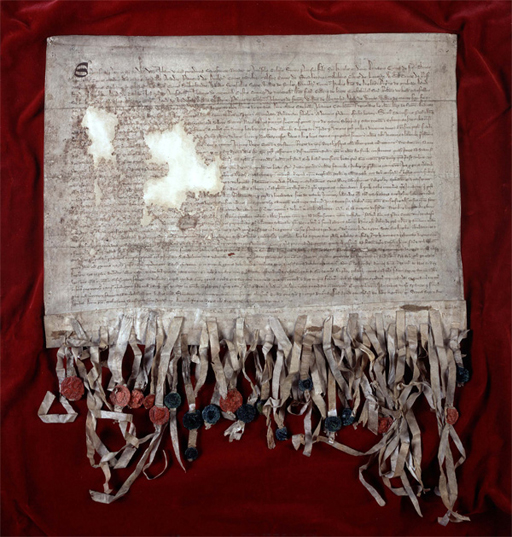14.4 Scots in oral history
In this section and the next, you will learn about Scots language being used in informal kinds of historical narrative, namely oral history, fiction, legend and song. It is worth noting that some of the key documents in Scottish history, such as the Declaration of Arbroath (1320), the National Covenant (1638) and the Treaty of Union (1707) were written in Latin or English, not in Scots.
Is this a further example of what was described in section 2 of this unit, i.e. ‘the shifting fortunes of the different languages in relation to political, economic and social developments: for a period, Scots supplanted Latin as the language of power, but was itself in turn supplanted by English’. And this in part explains the comparatively much stronger presence of Scots in non-formal kinds of historical narrative, such as those you will find discussed below.
Oral history
Oral history is the recording of people’s memories, experiences and opinions. It is a way of expanding historical knowledge and evidence that includes the voices and experiences of people, such as women and people from working-class or ethnic communities, who have often been hidden or excluded from mainstream or academic history.
Activity 8
Listen to a recording, made in 1962, of Jock MacShannon, from Campbeltown talking about his working life. He had many different jobs during his working life, including being a coalminer, distillery worker and stoker on board a coaster.
Working life of Jock McShannon [Tip: hold Ctrl and click a link to open it in a new tab. (Hide tip)]
Make notes while listening to Jock remembering these events. Then decide which of the statements below are true or false according to Jock’s report.
a.
False
b.
True
The correct answer is a.
a.
True
b.
False
The correct answer is a.
a.
False
b.
True
The correct answer is a.
a.
True
b.
False
The correct answer is a.
a.
False
b.
True
The correct answer is a.
a.
True
b.
False
The correct answer is a.
Working in Campbeltown between 1918 and 1945
Between 1918 and 1945, there had been the Great Depression of the 1930s during which many workers, along with their families, suffered great hardship because of unemployment. Miners were no exception. By the end of the Second World War working conditions had improved and mineworkers’ trade unions were in a stronger position to negotiate better terms for their members. Furthermore, the post-1945 Labour Government nationalised the mining industry, providing much greater stability of employment.
At least four factors contributed to the closure of distilleries in Campbeltown in the 1920s. The First World War had an immediate effect on demand and also saw the introduction of the Immature Spirits Act in 1915, which required whisky to be bonded for a minimum of two years, extended to three years in 1916.
These two factors affected all distilleries, but Campbeltown was particularly hard-hit by the introduction of Prohibition in the USA in 1920: Campbeltown’s location and harbour was the most convenient place from which to transport whisky casks to North America, but this advantage was lost during the years (until 1933) of Prohibition. Lastly, the local coal seam was exhausted and the pit closed in 1923, which added greatly to distillery fuel costs.
Example 6

